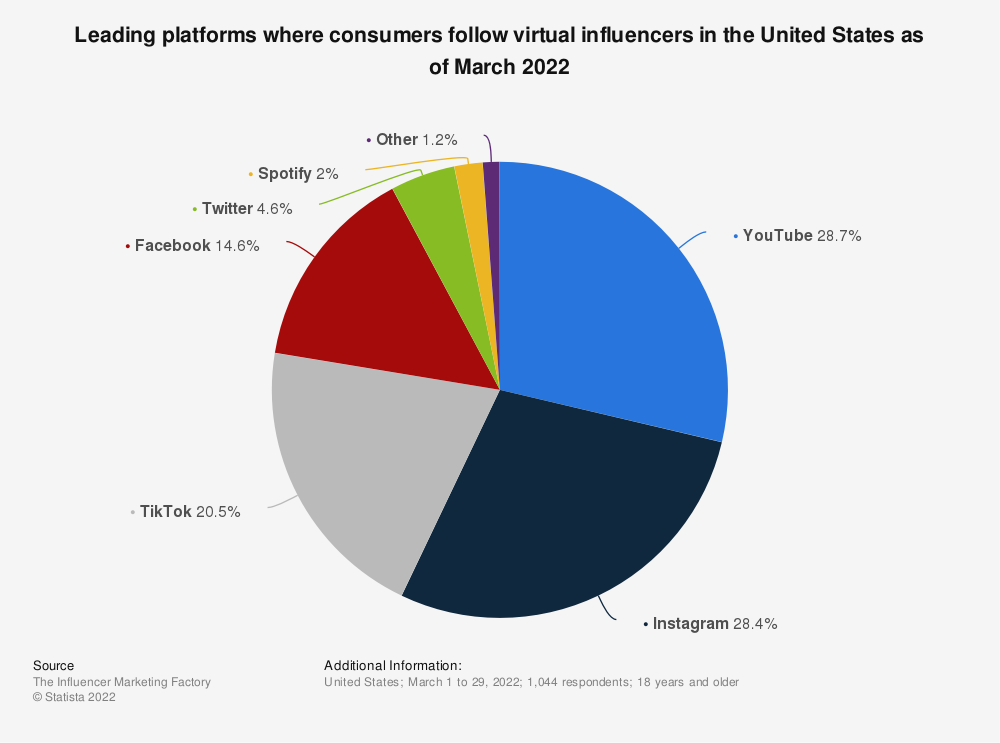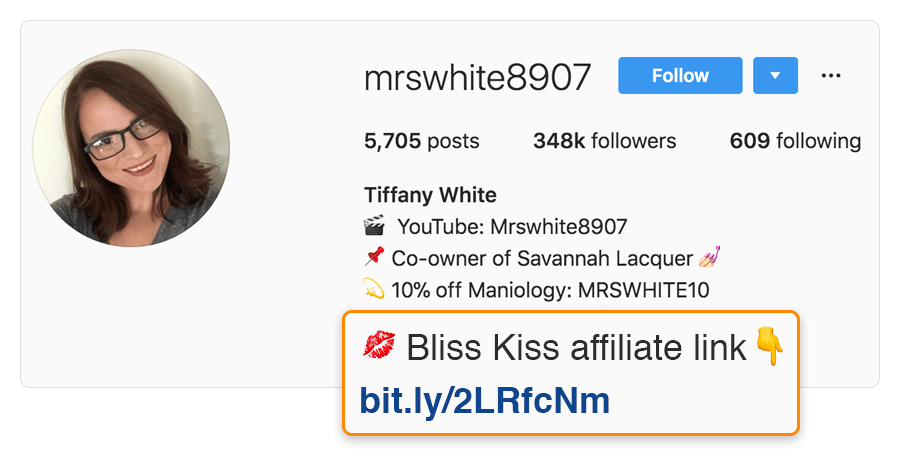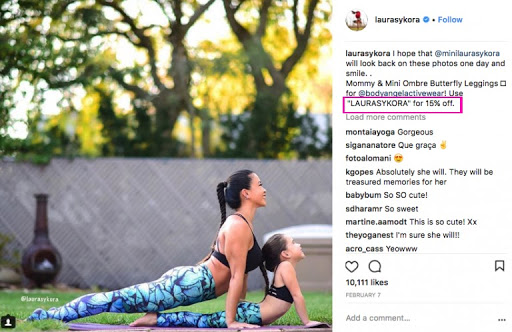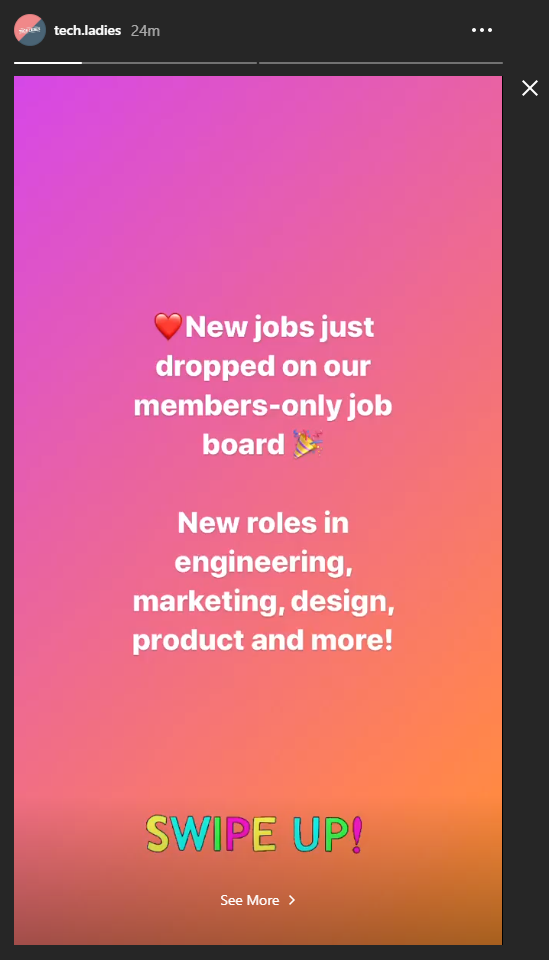Influencer Marketing for Affiliates: How to Make Your Strategies Super-Advanced?

This post is also available in:
PT
ES
With social media networks conquering for users’ attention, digital marketing also develops new tools for efficient engagement. Influencer marketing is the latest and one of the most successful strategies in this regard. Why so? Well, today, we will find out and discuss how affiliate marketers can benefit from influencers.
Read this article and learn how to generate more leads, clicks, and sales with the help of social media celebrities.
What is influencer affiliate marketing and how does it work?
In a nutshell, influencer affiliate marketing is about cooperation with popular social media users to promote your offers. Influencers locate promo messages within their content and get commissions for completed user actions, be it a conversion, download, or registration.
There are no fixed schemes for influencer affiliate marketing, but a typical mechanism looks like this:
Step 1
You find an influencer who has a matching thematic page, group, or channel (depending on the social network you choose). For example, it makes sense to cooperate with fitness and healthy lifestyle influencers if you promote some Nutra products. Or else – to promote Gaming offers, you can always cooperate with gamers. Easy.
Step 2
The influencer creates promotions for commissions and locates them in his/her stories, blog posts, YouTube videos, and other content. Obviously, the content should include the link that leads to your offer landing page or a pre-lander.
Step 3
Potentially, users see the link, click it, and get to the offer website. In the best scenario, obviously, a user converts.
In general, most influencer marketing strategies for affiliates look this way or pretty much similar. So, we’re done with the basics, now let’s move further.
Influencer marketing for affiliates: pros and cons
The next disturbing question for affiliates – should you cooperate with influencers to expand your campaigns? Does it make sense? Which are the pros and cons of such a decision? Let’s find out.
So, the pros:
Social proof
Subscribers usually trust influencers and are more likely to click links published by popular people they appreciate. Such a strategy can build a strong emotional connection, since such ads are perceived as recommendations, which ensures a significant level of social proof.
Influencers usually agree to promote products they find useful. So it’s like somebody you know and admire shares his own preferences and experiences with you. Sounds trustworthy! And customer trust is everything.
Meaningful reach
Working with social media influencers, you get the attention of their subscribers. In case you choose the right influencer regarding your offer type and vertical, you automatically reach not only broad, but also relevant audiences.
Usually, the smallest local influencers might have 1 000 – 10 000 subscribers, while the largest one can boast of millions. For instance, one of the biggest influencers on the web, a beauty blogger Huda Kattan, has more than 50 MLN followers, while Yoshino Bontens, a fashion micro-influencer, has around 52 K followers.
By the way, you don’t have to focus on major celebrities. Instead, try cooperating with nano and micro-influencers. As Forbes claims, they are authentic, easy to arrange with, and have high engagement rates. And another plus of small influencers – hiring them is affordable.
Cost-efficiency
Let’s be honest – payments for influencers determine whether you will cooperate with them or not, right? So, as we already mentioned in the previous section, small influencers won’t cost you too much (unlike those with millions of subscribers, but you hardly need their help for an affiliate marketing campaign).
Some influencers ask for a payment in advance, while the others are okay with getting commissions for conversions. If you are lucky enough to find the latter, then you can start cooperation with no start-up costs!
Here are some rates according to AndrewMcCarthy.com:
| Type of Influencers | Approximate Rate |
| Nano (1-10 K followers) | $10-100 |
| Micro (10-100 K followers) | $100-500 |
| Mid (100-500 K followers) | $500-$5 K |
| Macro (500k-1 MLN followers) | $5-$10 K |
| Mega (1 MLN + followers) | $10 K+ |
Not to wrack your brains over counting the rates and asking numerous influencers about their financial expectations in person, you can use online calculators. For example, here is the one for Instagram.
And now some cons:
Non-trustworthy influencers
There is always a risk that you may meet the wrong influencer. For example, some fitness bloggers can turn out cheaters that sell non-efficient training plans. Their reputation might be (or become) dubious and this will cast a shadow on your offer/product. Classics.
Or else – choosing an irrelevant influencer may also bring you nothing. Say, you have a Software offer and ask a beauty blogger to promote it. The audience of a beauty blogger is hardly interested in programs. So choose wisely and make sure you make a perfect match with an influencer and his or her audience.
It takes time
You will have to spend some time searching for the influencer that fits your campaign, communicating with this person, and arranging your strategy.
If you cannot wait to launch a campaign and start counting money in your wallet, then additional preparations might be not so pleasant.
More effort to measure results
With influencer marketing, it’s not always easy to measure how exactly your investments translate into ROI. You have to apply extra efforts to find an efficient way to track conversions that come from an influencer. There are some techniques that can help you, say, tracked links personalized by influencers.
Do you really need influencer marketing for your campaign?
Let’s try to figure out who might need influencers for affiliate marketing campaigns and if you are one of them.
So, which verticals are the most suitable for influencer affiliate marketing? We recommend the following:
Indeed, eCommerce is a universal niche for influencer marketing. Clothes, cosmetics, accessories, and other goods are perfect here, just make sure that the influencer’s audience matches your offer.
Also, influencer marketing is a good ground for all types of Gaming offers. Celebrities from the world of gaming or else – esports – have huge crowds of subscribers. Games are on the peak of popularity and it seems that they will become even more popular this and next year.
Nutra offers are perfect for lifestyle and fitness bloggers. This is pretty obvious and easy to explain – such influencers usually look fit and their followers want to look the same. So logically, nutra offers promoted by fitness celebrities have chances to bring desirable results.
Sports and Finance work just the same – take care of relevance and think which audience you need. Then try to find an influencer admired by relevant people.
How does it look?
So, we have discussed the most common scheme of cooperation between an affiliate marketer and an influencer in the first section of our article. Now let’s imagine that you already have an arrangement with an influencer. How a promo-post could look?
Since Instagram is the most popular platform for influencer marketing, let’s take it as an example. There are three places where an influencer can locate your affiliate link: post, stories, and bio. And here are the examples we have found on the web. Here is a link in the bio:
Here comes the promo offer in a regular post:
And now the stories:
As you can see, photos are not obligatory – ads can be different and the simplest options as the one above also work well.
Some affiliates combine the promo post types, so you can discuss whether you want to see your affiliate link in bio only, bio + stories or in a post + stories. It depends on the offer type and desired ad duration. Say, if you are promoting a limited promo offer or product, choosing stories is the best option.
Now let’s check the rating of social media platforms. We take the USA as an example:

So, as we already mentioned, Instagram is a leader and it shares leadership with YouTube. TikTok comes next and definitely has a huge potential. Before choosing the platform for your influencer marketing campaign, make sure you check the policies and see if your product and offer type suit the conditions.
Now let’s see which social media platforms may suit your audience and vertical:
| Platform | Audience | Verticals |
| Age: 25-34 (31%) and 18-24 (31%)Female: 48% Male: 52% | eCommerce, Beauty, Health, Sports, Traveling, Nutra | |
| TikTok | Age: 10-19 (25%)Female: 61% Male: 39% | eCommerce, Beauty, Entertainment, Traveling, Sports, Nutra, Gaming |
| YouTube | Age: 16-35 (the highest reach)Female: 46%Male: 54% | Gaming, eCommerce, Software, Health, Traveling, Beauty, Finance |
| Age: 25-34 (31%)Female: 43%Male: 57% | eCommerce, Traveling, Beauty, Health |
In general, the idea is to find a combination that suits your concrete offer, matching the audience demographics and concrete social platform to work with.
Online resources: where to find influencers?
If you are pretty serious about cooperating with influencers, you must be wondering where you can actually meet them. Instead of taking a wild guess here, you may check the special websites, where influencers are offering their help. We have prepared a list for you:
- PopStar.me – here you can find micro and macro influencers of all kids, plus – various features, like a sticker of your brand logo applied to the influencer’s content.
- Afluencer – on this platform, you can find influencers in 53 interest categories, mostly – in Lifestyle and Beauty. Also, there is a chatroom for direct communication with influencers.
- Dovetale – another influencer marketing platform designed especially for affiliates.
- Influencity – this website automatizes your influencer marketing process, keeping your manual work to a minimum. Plus, Influencity provides statistics for influencers analysis to help you get a full picture of your campaign.
- Upfluence – on this platform you can find influencers and benefit from special software for campaign management, analytics, and outreach.
Additional pro-tips from PropellerAds:
Gather audience for retargeting: Your influencer marketing campaign can get better, wider, and more profitable if you gather an audience through influencer marketing campaign;
Social proof: Use quotations of your influencer for your landing pages and pre-landers – this will add reliability to your offer;
Make your creatives unique: Ask your influencer not only for quotations, but also for some photos! You can also add them to your creatives and/or a landing page of your PropellerAds account.
Summing up
To conclude everything said above, let’s highlight some of the key points:
- The most profitable verticals for influencer affiliate marketing are: eCommerce, Finance, Gaming, Nutra, and Sports;
- The best platforms are: Instagram, TikTok, YouTube, and Facebook;
- Prices for influencer affiliate marketing start from $10 if you cooperate with micro- and nano-influencers;
- Main benefits of influencer affiliate marketing are: meaningful reach, social proof, and cost-efficiency (when you cooperate with nano- and micro-influencers).
So now you know how influencers can help you make your affiliate marketing campaign brighter. Indeed, if you have never tried working with them, but you are ready for experiments and fresh strategies – don’t hesitate to try! And PropellerAds will help with campaign scaling for your exceptional results and higher profit!
Want to discuss influencer affiliate marketing with other affiliates? Jump to our Telegram Chat!








